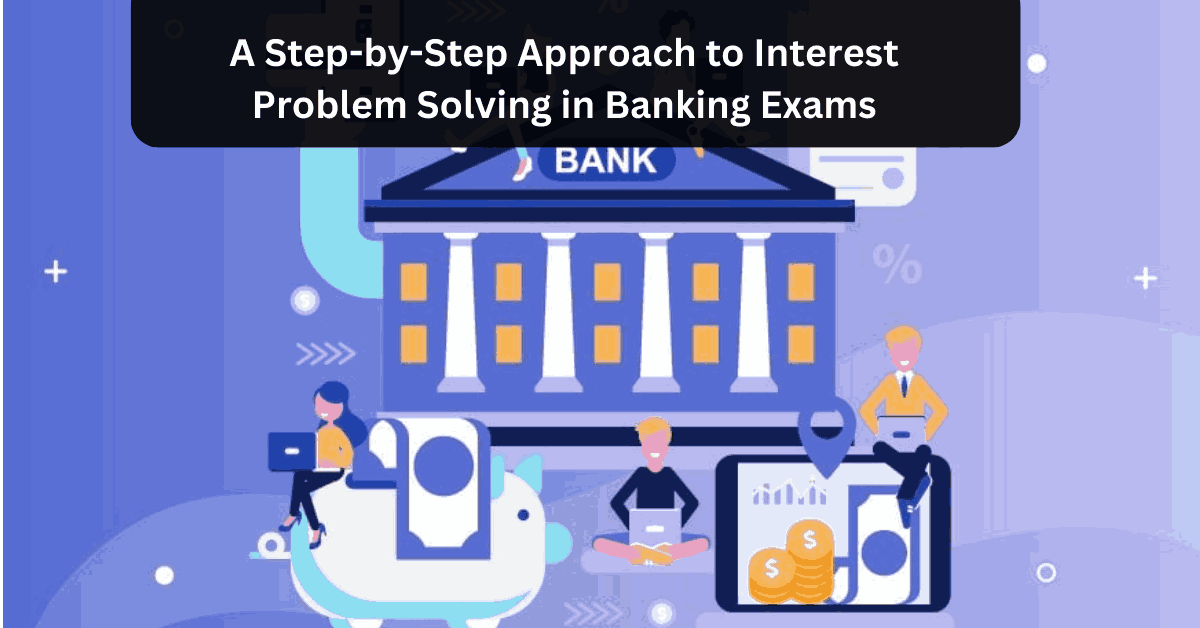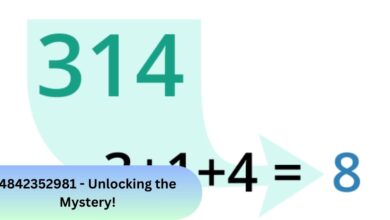In banking exams, proficiency in solving interest-related problems is a crucial skill. These exams often feature Simple and Compound Interest questions, challenging candidates to demonstrate their numerical aptitude and understanding of financial concepts.
Therefore, this article provides a structured approach to tackling these problems, ensuring a thorough comprehension and the ability to solve them with confidence.
Grasping the Fundamentals
Before addressing intricate problems in banking exams, gaining a firm grasp of the basic principles of calculation is essential. This foundational knowledge lays the groundwork for more advanced problem-solving. It can be viewed as the cost incurred for borrowing money or the benefit gained from lending it.
Typically, this is quantified as a percentage of the principal – the initial sum of money in question. Within its study, there are two primary categories that one encounters: simple and compound interest. Each of these types follows its specific formula and set of rules, shaping how return amount accrued over time.
A Linear Approach
Simple interest is calculated linearly based on the original principal amount, the rate of interest, and the time period involved. The formula for it is SI = P × R × T / 100,
where SI is the simple interest, P is the principal, R is the interest rate, and T is the time in years. This formula is straightforward, making the calculation process less complicated. However, it’s important to pay attention to the units of time and convert them if necessary to match the rate’s time period.
An Exponential Perspective
Compound interest, on the other hand, is calculated on the principal amount and also on the amount that accumulates over time. Therefore, this makes it a bit more complex, as it involves exponential growth. The formula is:
CI = P( 1 + r/n)nt – P
Here, ‘n’ represents the number of times interest is compounded per year. To obtain the actual result, deduct the initial investment, denoted as P, from this compounded amount. Understanding the compounding frequency is crucial, as it significantly impacts the total amount accrued.
Step-by-Step Problem Solving
1. Read the Question Carefully: Begin by thoroughly reading the question to identify whether it pertains to simple or compound interest. Look for keywords and details about the principal, rate, and time period.
2. Identify the Correct Formula: Based on the question’s requirements, choose the formula. Ensure a clear understanding of each component in the formula.
3. Convert Units if Necessary: Make sure the time period and rate are in the same units. If not, convert them accordingly to avoid miscalculations.
4. Substitute the Values: Plug the values from the question into the formula. Double-check the figures to avoid simple errors.
5. Perform the Calculation: Carefully carry out the calculation. If dealing with compound interest, pay extra attention to the exponent and division in the formula.
6. Check Your Work: Before finalizing the answer, review the calculation to confirm that every step was executed correctly.
Practice Makes Perfect
To master these calculations, consistent practice is key. Working through a variety of problems enhances familiarity with different question types and hone problem-solving skills.
Useful Tips for Effective Preparation
– Time Management: Practice under timed conditions to improve speed and efficiency.
– Understand the Theory: Beyond memorization, understanding the underlying principles of calculation aids in effectively tackling more complex problems.
– Regular Practice: Regularly solve a diverse array of problems to foster confidence and precision.
Conclusion
Mastering Simple and Compound Interest questions is vital for success in banking exams. By understanding the basics, following a structured approach to problem-solving, and practicing diligently, candidates can enhance their ability to solve these questions accurately and efficiently.
Remember, patience and persistent practice are the keys to mastering the art of mathematical calculation in these competitive exams.






